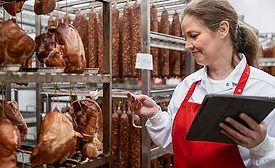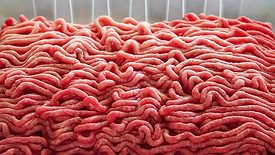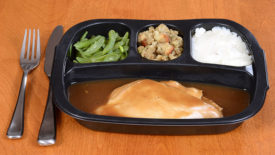Home » FSIS
Articles Tagged with ''FSIS''
Your opinions on USDA's proposed Salmonella regulations and your priorities for your food safety programs in 2025.
Read More
Regulatory Changes Impacting Your Food Safety Program, Part 1—What Should FDA's Priorities Be?
We asked for your opinions on FDA's Human Foods Program and the food regulatory structure in the U.S.—and you answered
December 19, 2024
Development and Application of AI for Food Processing and Safety Regulations
AI technologies have potential to revolutionize the food industry and the way USDA-FSIS employees inspect and ensure the safety of meat, poultry, RTE, NRTE, egg, and thermally processed products
April 10, 2024
Utilizing Risk to Develop Food Safety Systems
Food safety systems can be examined in a systematic, risk-based way to aid food safety practitioners in their work
August 15, 2022
Never miss the latest news and trends driving the food safety industry
eNewsletter | Website | eMagazine
JOIN TODAY!Copyright ©2025. All Rights Reserved BNP Media.
Design, CMS, Hosting & Web Development :: ePublishing











.png?height=168&t=1661887788&width=275)
